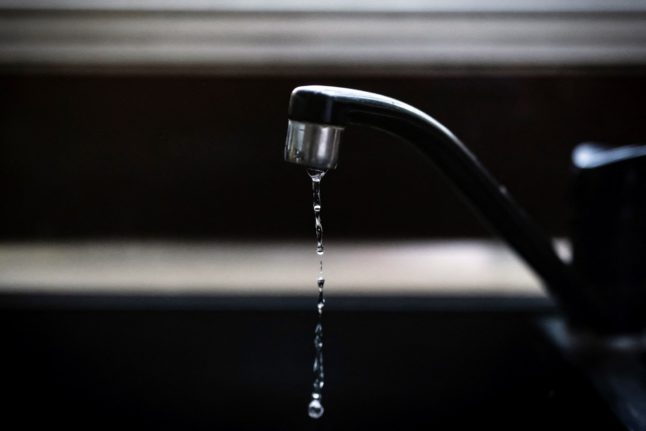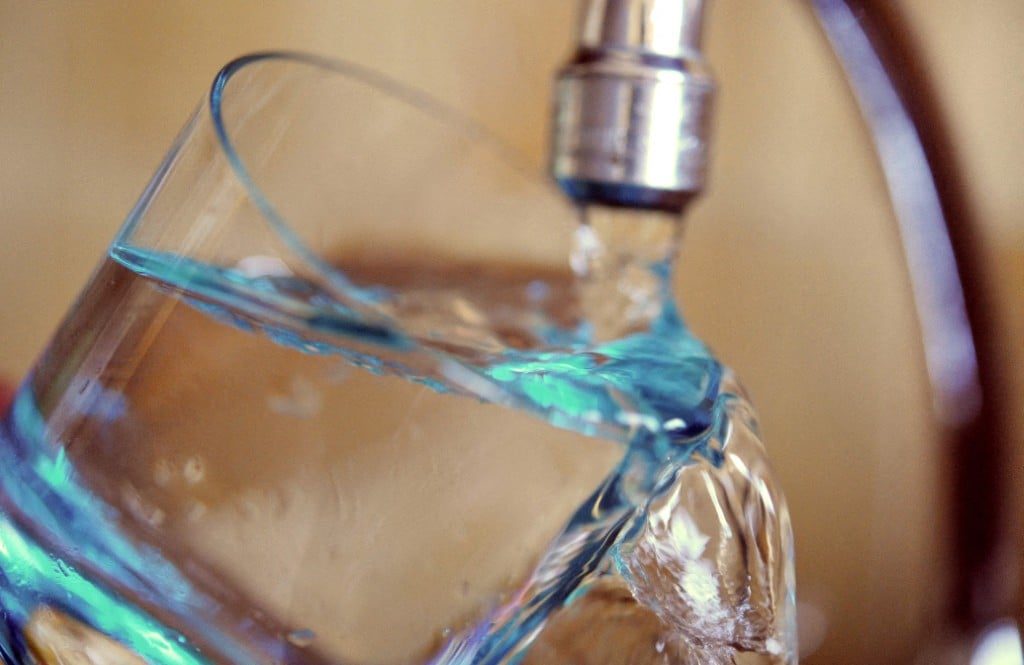Air pollution has spiked above normal levels for several consecutive days in Milan, Turin, and many parts of Lombardy and Emilia-Romagna.
With the air not forecast to clear for yet, several cities have introduced temporary restrictions on driving, central heating and open flames, including a ban on diesel vehicles in central Milan.
The alarm concerns levels of fine particle pollution known as PM10, which can be linked to respiratory disorders, allergies, poisoning and cancer.
Still, dry air has helped trap pollution and created what’s been dubbed a ‘smog emergency’ across large parts of Italy, with dozens of towns reporting poorer than average air quality over the past fortnight.
READ ALSO: These 25 cities have the worst air quality in Italy
The Lombardy regional authority announced temporary anti-smog restrictions from Tuesday on the cities of Varese, Monza and Brescia as they exceeded the limits for PM10 pollution.
They will be under the same rules which have been in place in the city and province of Milan since December 15th: the heaviest polluting diesel vehicles (Euro 1-4) are banned from the city centre between 8.30 – 18.30 Monday to Friday. and drivers are required to switch off their engines while stopped. Heating is also limited to 19 degrees C in homes, offices and shops.
Turin has introduced a ban on diesel vehicles up to and including older Euro 5 models for most of the day.
In Bologna and many other parts of Emilia-Romagna, Euro 1-4 diesel vehicles are banned from town and city centres for most of the day. Heating is limited to 19 degrees C in homes and 17 degrees in shops and workplaces.
In Rome, no such measures have been introduced, though the city authorities have recently announced ‘Ecological Sundays’, meaning all vehicles with internal combustion engines are prohibited in the ‘green belt’ ZTL (zona traffico limitato, or limited traffic zone) from 7.30-12.30 and 16.30-20 on January 2nd and 30th, February 20th and March 13th.
READ ALSO:
- ‘We breathe in poison’: Why the Po Valley is one of the most polluted places in Italy
- These are the most (and least) eco-friendly towns in Italy
Italy’s permitted limit for PM10 pollution is 50 micrograms per cubic metre, above which air quality is considered dangerously poor.
Air pollution is typically worst in northern Italy, where densely populated cities, industry and farming create emissions and mountains trap it in low-lying plains. Industrial Brescia, Monza, Milan, Turin, Venice and other cities in the Po Valley regularly exceed safe limits.
But Rome too, where sea winds help clear the exhaust fumes from the city’s relentless traffic, often sees its air quality plummet.




 Please whitelist us to continue reading.
Please whitelist us to continue reading.
Member comments